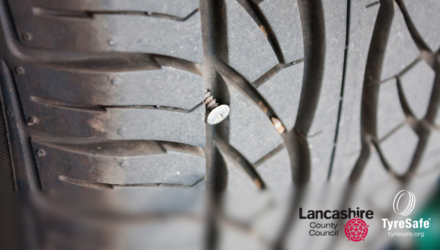The production line is cited as the crucial invention that transformed the efficiency of the Ford Model T factory in Michigan USA, such that the vehicle went from being a $900 luxury item in 1910 to a $260 must-have for America’s rising middle class by 1925. A production line’s efficiency lies in its ability to lay out a standardised, step-by-step process for mass-producing a single model and then recreating that whole procedure as a series of workstations – with greater use of machine assistance – each devoted to a single step. But the certainties and uniformity that worked back in 1910 have all but disappeared in 2019.

Vehicle assembly has started to move away from over 100 years of industry tradition. Indeed, in February 2018, the very company responsible for inventing the first car laid the foundation for what it views as the future benchmark of car manufacturing, Factory 56, close to Stuttgart, Germany. In this and new, refitted automotive factories around the world, the production line is being reinvented. While automotive manufacturers are reinventing their production lines, they are implementing more rules which their suppliers need to embrace as well.
Production Process and Workflows Need to Adapt to On-Demand Economy
The idea of limited series car models, each with a dedicated production line, has changed. Car manufacturers – today and tomorrow – will produce hybrid, electric, highly automated and autonomous models, each with many potential permutations responding to individual consumer choices.
The management consultancy Deloitte refers to this as “The Era of Mass Personalisation”, in which, through their purchases, shoppers are not just satisfying their needs, but also seeking a means of self-expression. The hunger for customised, bespoke models seems unlikely to abate.
This requirement for flexibility means the factory will use ‘Tech-Lines’ instead of a traditional manufacturing assembly line. These are driverless robot transport platforms which will take vehicles-in-embryo to whichever process site or workstation is required next, requirements which might be very different for the different vehicles in production at any one time. A parallel set of robotic procedures and transports will ensure all necessary parts and components are delivered to workstations as needed.
A digitally driven, highly automated process for picking and delivering components to the right place at the right time is at the heart of Industry 4.0, the oncoming wave of manufacturing change regarded as a standard-bearer in the automotive industry. These innovations and changes will touch every current and future car factory adapting to the 21st Century.
RFID Benefits for Flexible and Customised Car Production
A key, enabling technology for automotive manufacturers and their suppliers wishing to adapt to these new factories is the Internet of Things (IoT), and particularly RFID (Radio-frequency identification). RFID possesses several key advantages over previous labelling technologies that make it ideal for this new environment.
- RFID tagging can operate across large areas, integrating data with back-end systems to accurately track the location of items, integrating factory zones into a seamless IoT. On arrival at the factory gates, a delivery’s contents can be identified and directed to the right area, without human intervention. Anything can be located, retrieved and delivered where it needs to be, considerably reducing lost and miscategorised items.
- RFID tags are accurately identified and can be extremely durable. This is crucial for any kind of automated factory environment, where the wrong component arriving can potentially stop the production line which detrimentally impacts costs.
- RFID does not require line-of-sight or a light source for tags to be read, a dramatic advantage over previous technologies, such as barcodes. A reader can discover the contents of a box, without opening it, or pinpoint a specific item in an area containing hundreds of diverse components. A vehicle being built can be digitally tracked during its production process, enabling workers to make the right decisions by understanding exactly, in real-time its history and next requirements.
The Future is Here
The risk in the mass-diversification we’ve described is that the efficiencies of mass-production might be lost as a result, the very efficiencies that made items like cars affordable in the first place. Flexible, endlessly adaptable production and supply chain systems — grids of programmable possibilities as opposed to the unyielding, uniform production lines — might be a market necessity. However, would bending to this demand impact price and productivity advantages first created in the Ford car factory?
Fortunately, RFID technology provides an answer. This solution lies in the ability to digitally transform items and procedures that were historically just mechanical. Once digitalised through RFID and aided by robots, components, cars, tools and workers can adapt to market changes and individual consumer demands, reducing downtime and waste. In the automotive sector, suppliers and car manufacturers can move toward adopting RFID solutions to achieve this outcome.

Daniel Dombach
For information: please visit RFID in Automotive.
Author: Daniel Dombach, Industry Solutions Director EMEA, Zebra Technologies

















